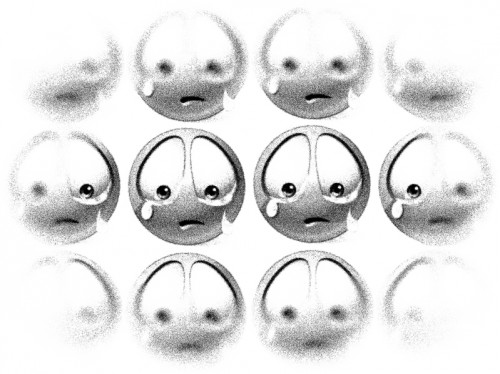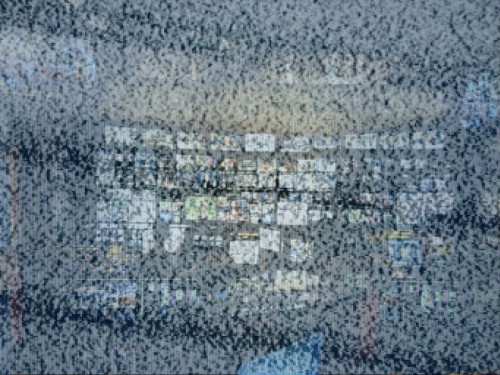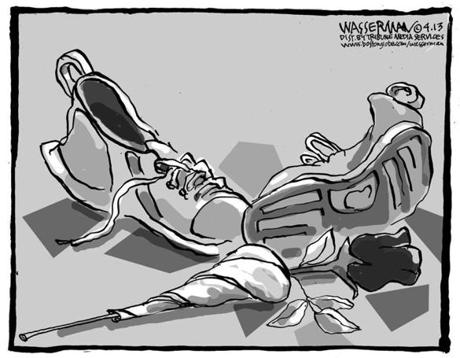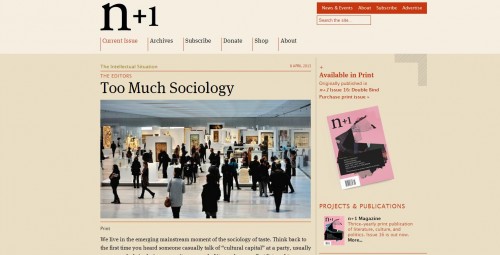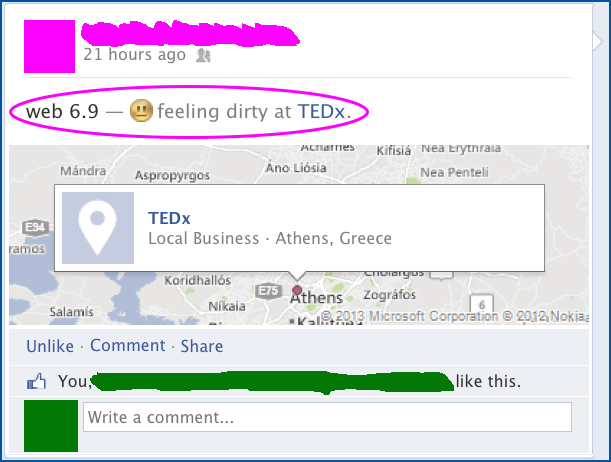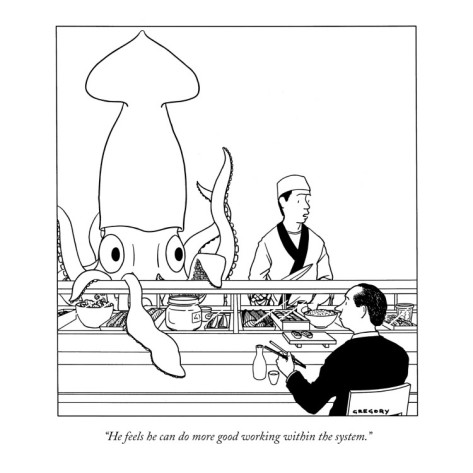
I’ve been thinking a lot over recent weeks about digital media, smartphones, and absence-vs.-presence, all of which was compounded by an interesting experience I had last weekend. On one particular night, 1:00 AM found me in a Lower East Side dive bar playing pinball with a friend from Brooklyn and a friend from D.C.; I was also chatting with a third friend (who was in D.C.) via text message and Snapchat between my pinball turns, and relaying parts of that conversation to our two mutual friends there with me in the bar. More people joined us shortly thereafter, madcap shenanigans ensued and, sometime around stupid o’clock in the morning, I started the drive back to where I was staying.
As I was getting up the next day, I recalled various scenes from the night before. One such scene was from the earlier end of being at the dive bar: Getting to hang out with three people I don’t see often was a nice surprise, and how neat was it that we’d all gotten to hang out together? A few seconds later, however, it hit me that my mental picture of that moment didn’t match my memory of it. What I remembered was being in the dive bar spending time with three friends, but I could only picture two friends lit by the flashing lights of so many pinball machines. I realized that Friend #3 had been so present to me through our digital conversation that my memory had spliced him into the dive bar scene as if he’d been physically co-present, even though he’d been more than 200 miles away.
I wasn’t entirely sure what to make of this. On the one hand, yay: My subconscious isn’t digital dualist? more...

